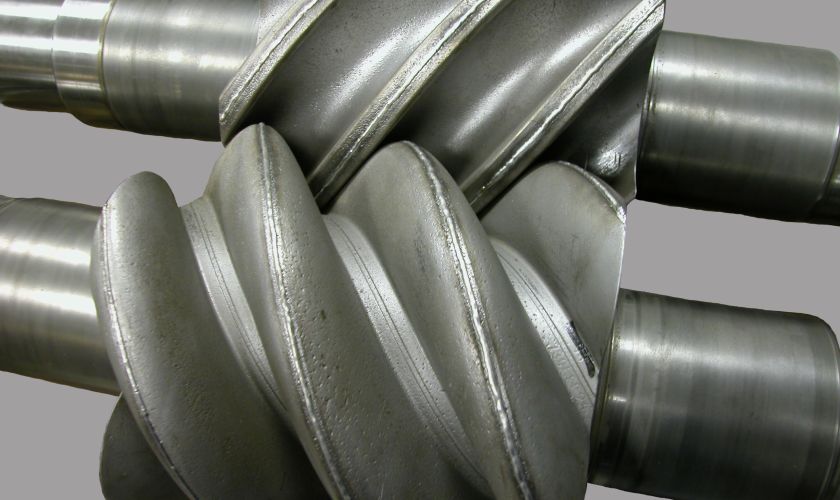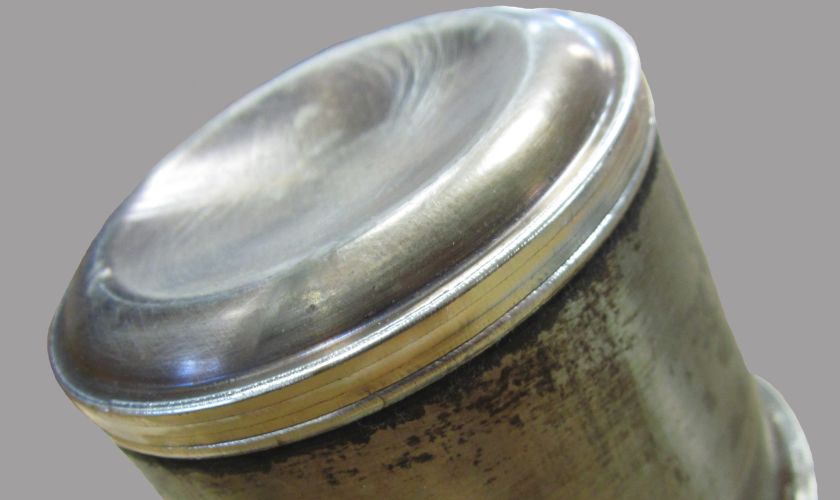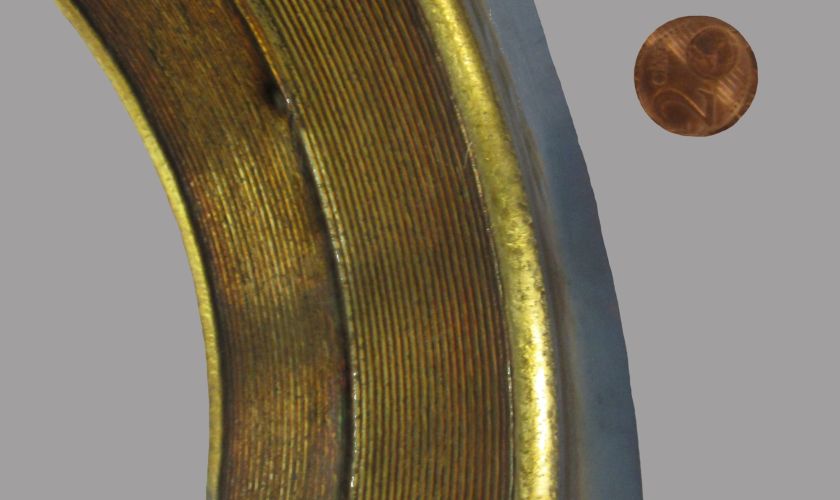Hybridwelding
Hybrid welding is our solution for all special cases:
Combining laser welding with another welding process creates synergy effects. They have a positive effect on the overall process in a wide variety of ways:
The clear advantages of laser welding, such as deep penetration and low deformation, are complemented by advantages of gas-shielded welding, for example. These include high gap bridging and gap tolerance. Another advantage of hybrid welding is altered metallurgical effects that enable previously inconceivable material pairings. In addition, greater material thicknesses as well as versatile additional materials can be processed.
At TM Lasertechnik, this process, some of which was developed in-house, is fully automated and robot-supported. Thus, we guarantee 100% reproducibility with consistently high quality.
What is hybrid welding?
Hybrid welding is the combination of several melting or heat conduction processes that run synchronized in the welding process. The laser always forms the center and basis of the overall process.
The advantages of hybrid welding:
The combination possibilities of the processes result in higher usable energy densities. This effect allows, for example, larger material thicknesses to be processed with consistently low material distortion.
A wide selection of filler materials is possible. Combinations that are not feasible in conventional welding can be processed in this process with unprecedentedly high results.
Hardly any spatter, weld bead or flash formation.
Application areas of hybrid welding:
E-mobility
For example:
- Various welds in research and development and prototype construction for the manufacture of battery concepts and cooling units.
- Contacting of battery cells and bus bars.
- Production of aluminum heat sinks.
Energy industry
For example:
- Welding of a silver coating with an area of 200 mm x 100 mm x 1.2 mm onto solid aluminum blocks.
- Welding of copper contacts for connecting solar systems in the high-voltage range.
Mechanical engineering
For example:
- Series production of spindle clamping rings: Welding of a plain bearing bronze of 1.4 mm layer thickness.
- Coating of shafts with a wear protection of 1.2 mm layer thickness.
Gas and steam turbine construction
For example:
- Coating and repair of blades.
- Deposition welding / laser cladding of part joints.
- Welding in the area of new production and repair of riveted strips.
Turbine engines and aviation industry
For example:
- Various welds in research and development and prototype construction for the manufacture of new engine concepts.
Measurement and control technology
For example:
- Gas-tight welding of thermal lances on bolted joints with filler metal; CrNi metals / series production.
- Welding of various components in the field of exhaust gas measurement technology; CrNi metals / series production.


